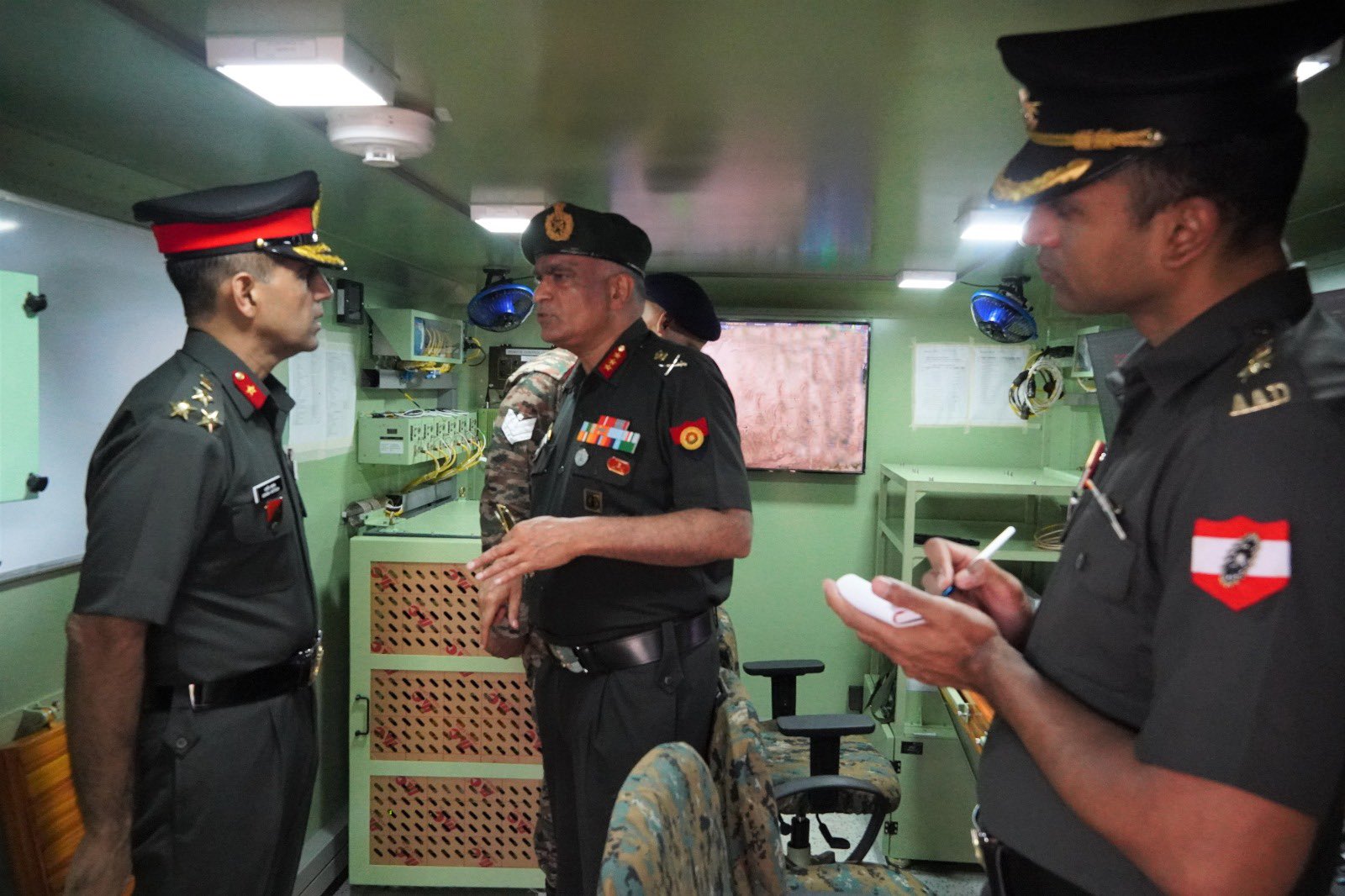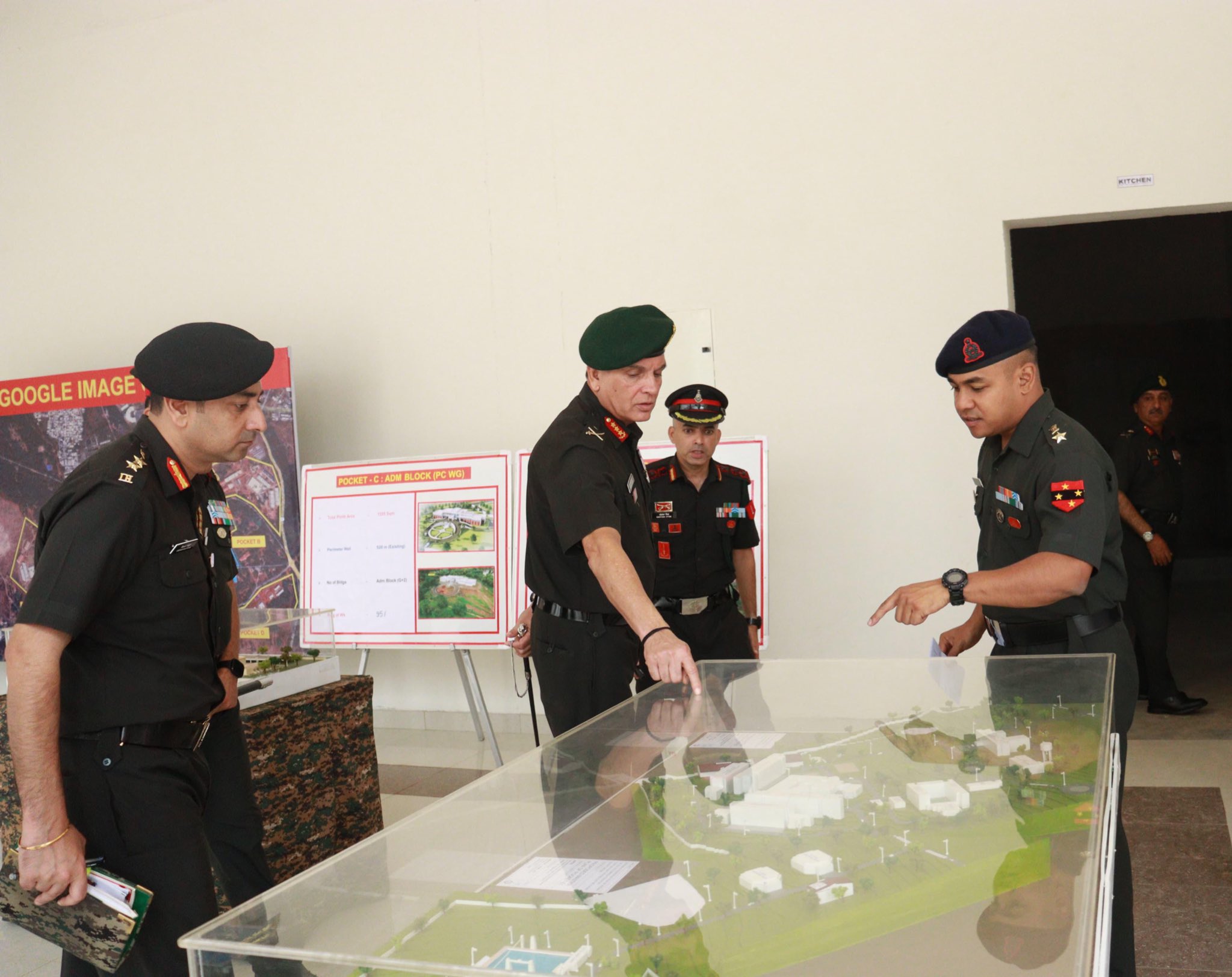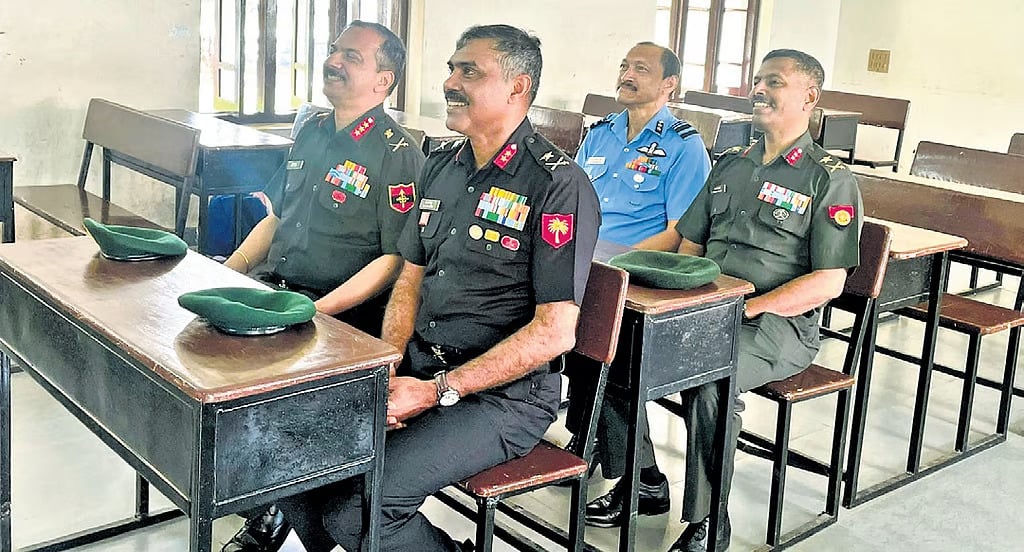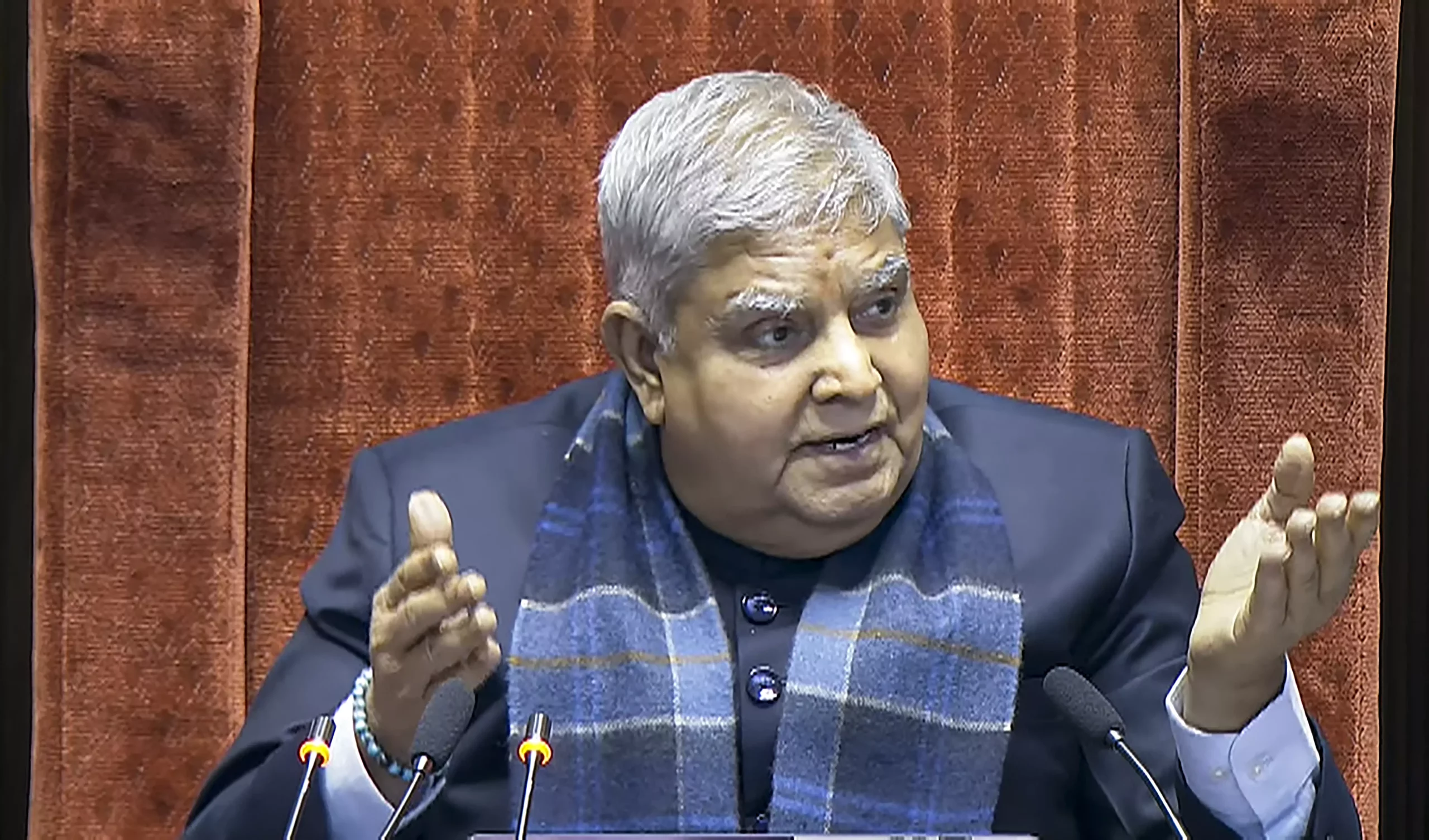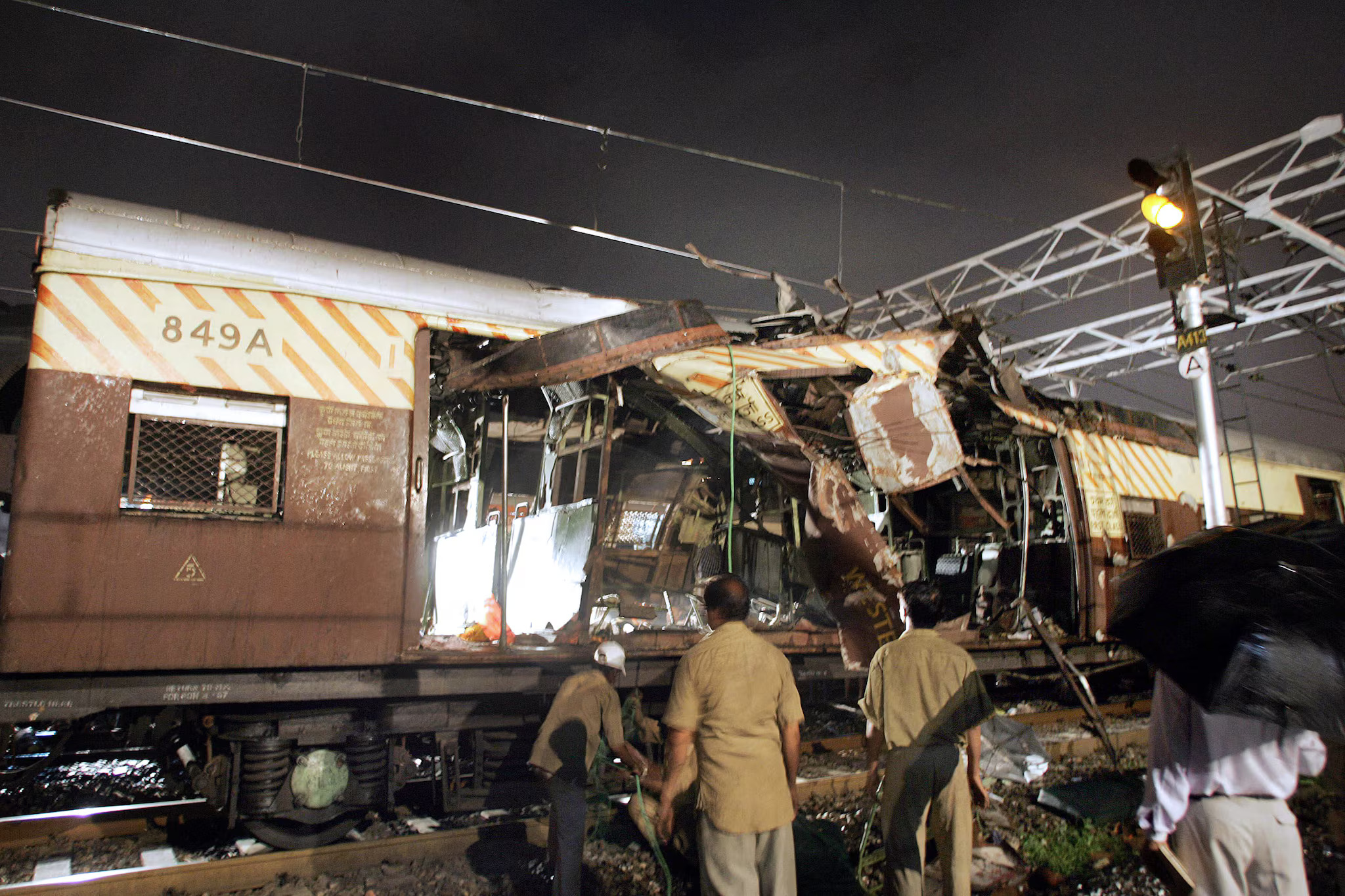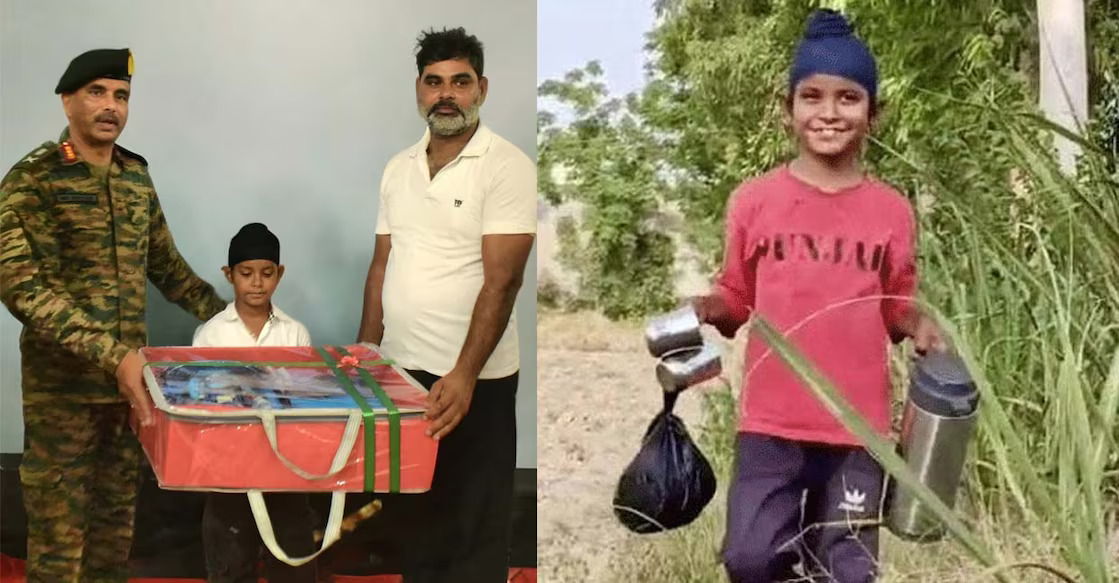Lt Gen Sumer Ivan D’Cunha Reviews First Strike Brigade’s Role in Operation Sindoor and Capability Upgrades
Lieutenant General Sumer Ivan D’Cunha, Director General of Army Air Defence and a highly regarded Goan officer, visited the First…
Southern Army Commander Visits Junior Leaders Wing in Belagavi to Review Training Excellence
Lieutenant General Dhiraj Seth, PVSM, AVSM, the General Officer Commanding-in-Chief of the Indian Army’s Southern Command, visited the Junior Leaders…
40 Years Later, Four Military Officers Reunite at Sainik School Alumni Meet
Four friends who graduated from Sainik School Kazhakoottam in 1985 and went on to serve the nation in top military…
Vice President Jagdeep Dhankhar Resigns Citing Medical Reasons
Vice President of India Jagdeep Dhankhar resigned from his post on Monday night, citing medical reasons. The resignation was submitted…
2006 Mumbai Train Blasts: Bombay High Court Acquits All 12 Convicts, Including 5 on Death Row
The Bombay High Court on Monday acquitted all 12 individuals convicted in the 2006 Mumbai train blasts case. Among them…
Army Sponsors Education of 10-Year-Old Who Aided Soldiers During Operation Sindoor
In a heartwarming display of recognition and encouragement, the Indian Army’s Golden Arrow Division has pledged to fully sponsor the…

